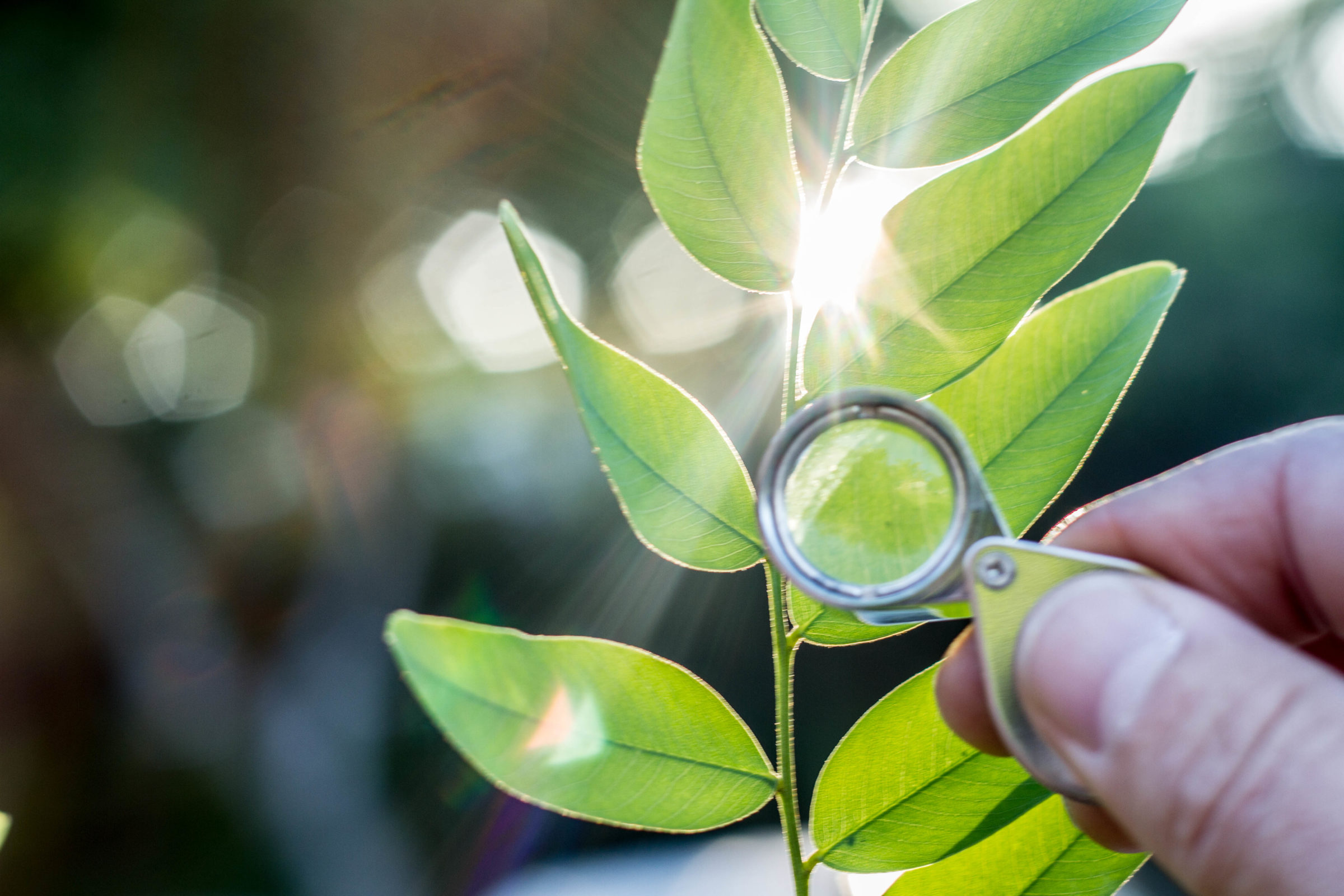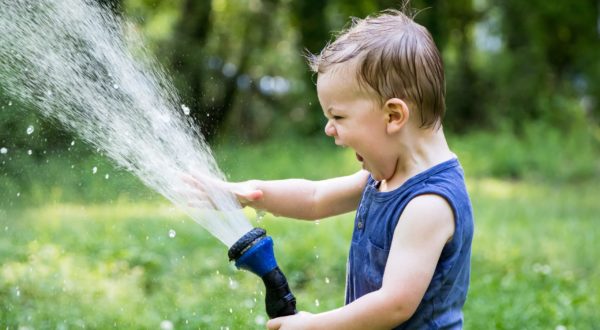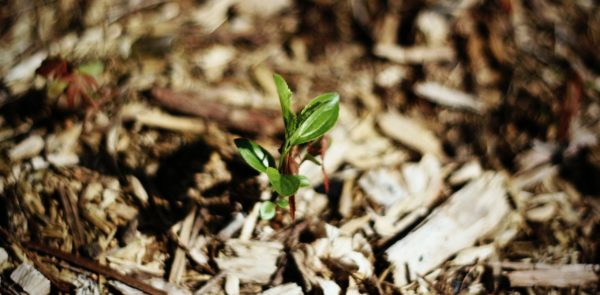Californians are all too familiar with drought. Drought-tolerant landscaping, native plants, and creative hardscaping are all ways we’ve tried to cope with its effects. But what about trees? They add so much value to the landscape, both aesthetically and through the energy-saving benefits of shade, but very few trees are truly drought-proof.
Warning: Always have an arborist diagnose trees before treating for a pest, disease or ailment.

Trees that are drought-stressed are MUCH MORE LIKELY to become infected with a disease or a pest. Therefore, you and your arborist should discuss a treatment plan that includes an appropriate amount of irrigation along with strategic pruning and plant health care applications.
Here are a few tips to help you protect your most valuable trees during prolonged periods of drought:
Check the Soil
Don’t make the mistake of installing drought-tolerant landscaping and then turning down the irrigation on everything. Trees still need water – and some need quite a lot! Try pushing a screwdriver into the soil around each tree. If it’s difficult to push in, the tree probably needs water.
Water Early
Never water in the middle of the day when the weather is hottest. Instead, water in the morning when you won’t lose as much to evaporation.

Water Enough
Depending on the time of year, weather, drought conditions, and maturity of the tree, trees may need watering once a month, every two weeks, or even every week. A good rule of thumb is to use 10 gallons per inch of the tree’s diameter each time you water. Remember to check the soil and avoid soggy conditions. Both over and underwatered trees will be stressed and more vulnerable to disease and pests.
Water Slow
Deep and slow will give you the best results. If drip lines aren’t an option for you, set your sprinkler or hose on a very low setting under the tree’s canopy. DON’T water directly against the trunk. Instead, imagine that the branches overhead mirror the root system and water in this area.
Mulch
Mulching around trees can help you save water because the mulch prevents evaporation from the soil during hot weather. As the mulch decomposes it releases nutrients into the soil, further benefiting the plants. Mulch rings also eliminate the need to mow over tree roots, a practice that can create wounds which allow disease and fungus to enter the tree.

Fertilize?
It may seem logical that an unhealthy tree can only benefit from fertilizer but it is always best to consult an arborist before fertilizing. Fertilizing a tree that is suffering from disease or drought can exacerbate its condition.
Baby Those New Trees
Newly planted trees need more frequent watering until their roots are established. Would you like an article that addresses this topic specifically? Let us know!

